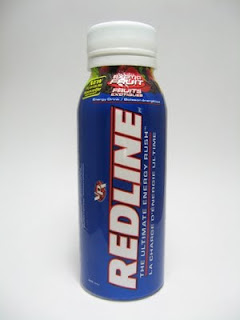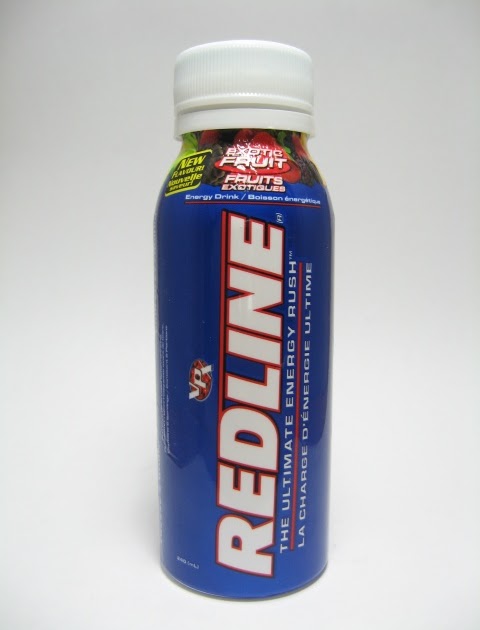
“As health and wellness awareness grows, more people are turning away from old-fashioned pop and looking for healthier, lower calorie drinks, as well as drinks that offer the functionality to meet their specific lifestyle needs.” The greatest changes in Americans’ drinking habits have occurred outside the soft drink market. “Regular soda has taken the brunt of criticism from America’s obesity and health issues, because people associate it with ‘empty’ calories and artificial ingredients,” states Krista Faron, senior analyst at Mintel. Just 68% of respondents to Mintel’s November 2008 survey said they drank regular soda in 2008, down from 76% in During the same period, the number of diet soda drinkers grew: 7.8 million more adults reported drinking diet soda in 2008 than in 2003. From 2003 to 2008, Mintel estimates that the regular carbonated soft drink market lost 15.6 million adult drinkers. Worldwide caffeine consumption is estimated at 120,000 tons, that’s 1.36 trillion red-bulls or cups of coffee or 1.8 trillion cups of tea, enough for every person on earth to have a 42mg serving of caffeine every day. The “healthy” alternative to soft drinks. Energy drinks are a $4.8 billion/year industry (400% growth since 2003) 2008 survey of teenagers indicated 35% use energy drinks, compared with 19% in 2003. Worldwide annual caffeine consumption is estimated at 120,000 tons. "Moxie Nerve Food,“ claimed panacea especially effective against "paralysis, softening of the brain, nervousness, and insomnia.“ Apparently Calvin Coolidge and Ted Williams swore by it.ĥ Consumption In North America, 90% of adults consume caffeine daily. The alcoholic energy drink craze lasted from 2002 with Sparks to 2010 with an FDA ban on adding caffeine to alcoholic beverages. Wave of popularity with energy shots after the introduction of 5 Hour Energy in 2004.
REDLINE ENERGY DRINK DEATH FULL
Red Bull appeared in the US in 1997, forerunner to Amp (2001), Rockstar (2001), Monster (2002), Full Throttle (2004), et al.

Jolt Cola, released in the US in 1985, pioneered a marketing strategy which is still in use by energy drink marketers.

Lipovitan, released in 1962, began the energy drink craze in Japan.

Coca-Cola put 9mg of cocaine in its product in 1886 Lucozade originated in Newcastle, UK, in 1927, as a source of energy, electrolytes, and refreshment for hospital patients. Moxie, a Crème Soda invented in 1876, is now a synonym for energy. Energy drinks effect people differently, though, whether you’re an athlete or a rock star. “Everlast Improves performance, increases concentration, improves reaction speed, increases metabolism.” “ROCKSTAR is scientifically formulated to provide an incredible energy boost for those who lead active and exhausting lifestyles–from athletes to rock stars.” You probably have the tools to critically evaluate these claims.

Health Effects Marketing Risks and Legal Issues Alternatives University of Wisconsin-Madison CBE 555 April 25, 2011Ģ Outline Background Manufacturing What’s in Energy Drinks? Presentation on theme: "Energy Drinks Martin Bushman Chemical Engineering Senior"- Presentation transcript:ġ Energy Drinks Martin Bushman Chemical Engineering Senior


 0 kommentar(er)
0 kommentar(er)
